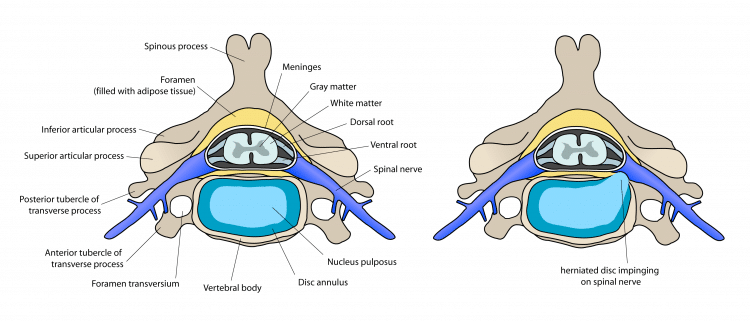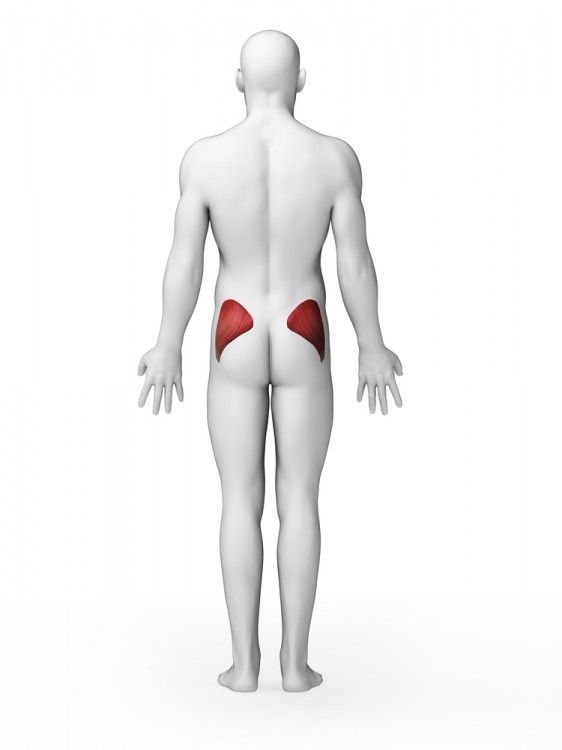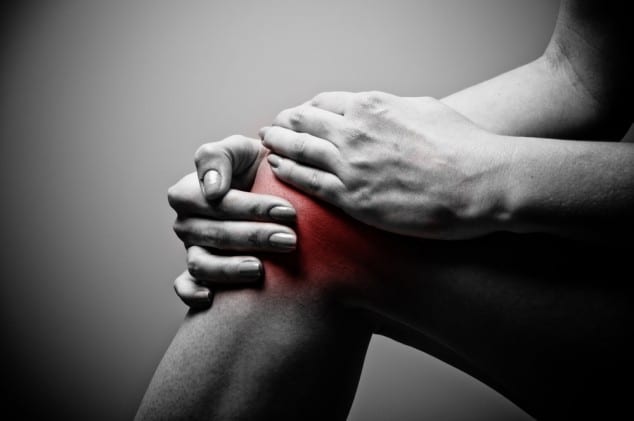If you have fractured any part of your ankle, you may suffer from pain and swelling throughout the whole ankle and it may be painful for you to stand. If you suspect that you may have fractured your ankle, you should seek urgent medical attention and if your bones have been misaligned, surgery may be needed to correct this.
Physiotherapy after Ankle Fracture
Your physiotherapist will be able to recommend a foot and ankle consultant to see you as soon as possible. If you have sustained a fracture, it is likely that you will have to have your ankle placed in a cast or boot for some time.
Physiotherapy will be essential at this time to make sure the rest of the leg does not become weak. When the cast or boot is removed, physio will also be essential to regain full range of movement, stability and strength.
Ankle Fracture Treatment
If you have had an ankle fracture in the past and did not exercise or rehabilitate, it is advisable that you see a physiotherapist so that they can assess whether the range of motion and strength of your ankle can be restored.
If you are suffering from ankle pain, it may not be a fracture. Contact us today on 0207 884 0374 or visit our local Physio Comes To You page.
Last Review Date: 12-05-2020










